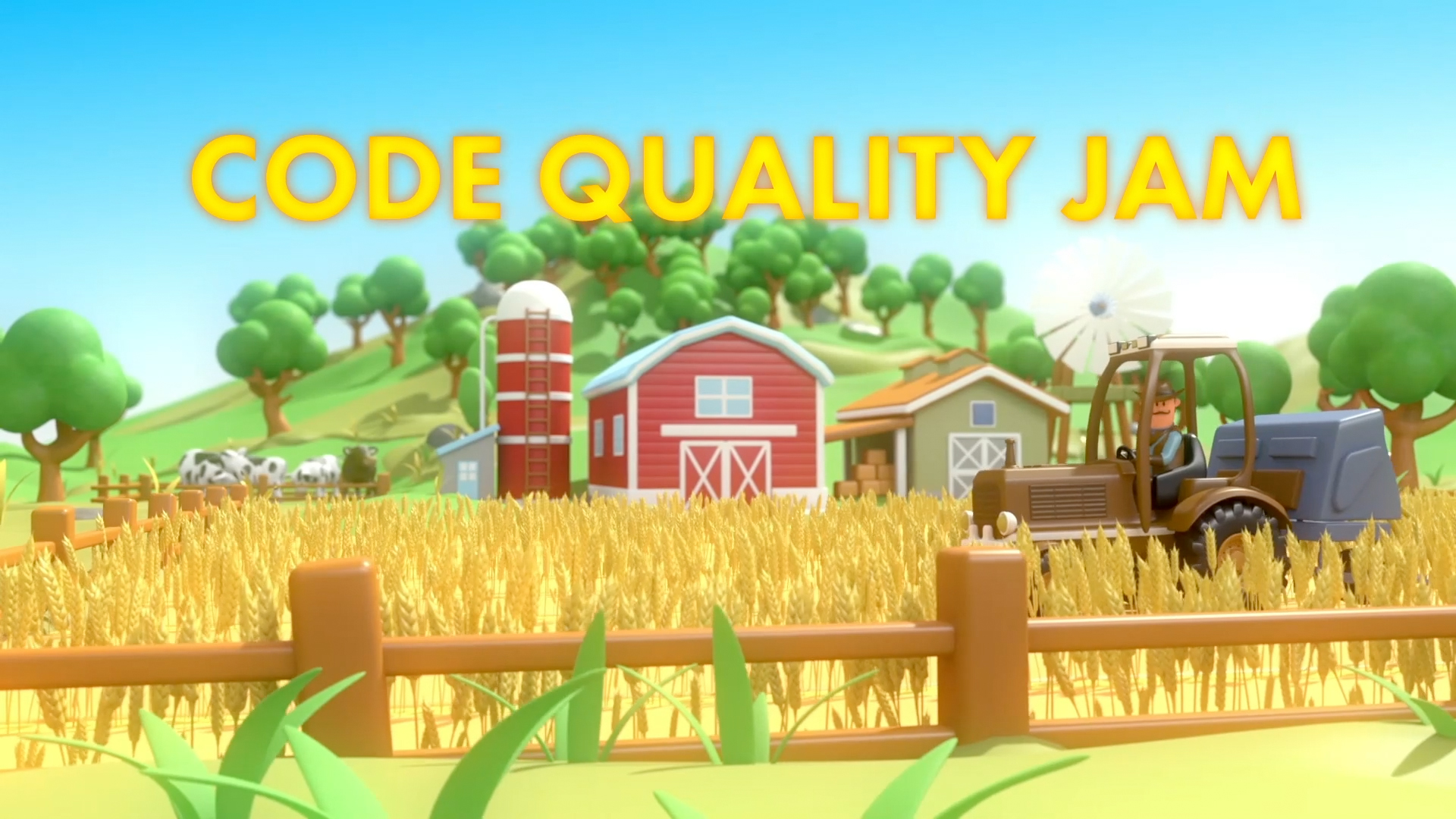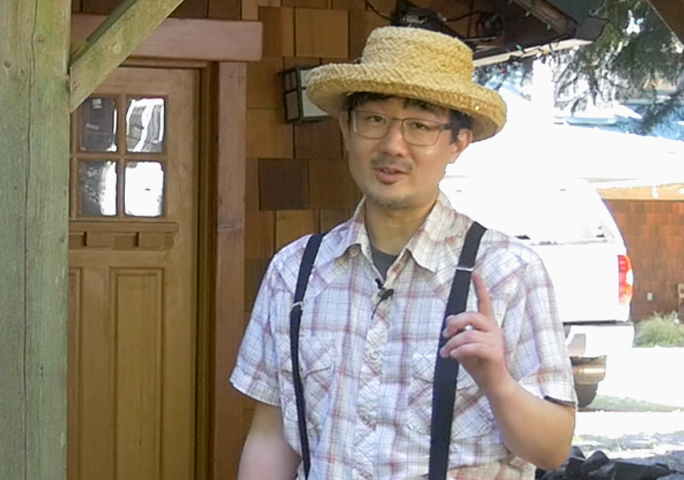
This summer, Adobe Research interns gathered across continents and time zones for the Code Quality Jam 2021—a fun, intense, one-day hackathon. The mission? To learn more about writing code for industry while honing their teamwork skills.
The event was the brainchild of Adobe Research’s Jun Saito, senior research engineer, and Krishna Mullia, research engineer. They invited interns to choose “bite-size” projects they could finish in a day, form virtual teams, and hunker down for eight hours of collaboration, hard work, socializing, and prizes.
“We wanted to create a big virtual social event to bring our remote interns together,” says Saito. “As we know, software systems are not built by just one person. We wanted interns to realize the importance of collaborative software engineering—something they don’t get to practice very often in the academic world—while working on projects they’re passionate about. We also just wanted them to have fun and find new friends.”
Creating a hackathon for collaboration—in a virtual world
One of Saito and Mullia’s top goals was to host an inclusive event, so they used Gather.Town to build the Adobe Jam Farm, a virtual collaboration space where interns anywhere in the world could meet in shared spaces and use private rooms to work on their projects together.
Then they reached out to Research interns across Adobe offices with emails, a website, and a fun promo video that put Saito’s love of puns front and center. Dressed in overalls and a straw hat, with the backdrop of a real farm, Saito told interns: “We all care about code quality, but it just doesn’t grow on trees. We need to develop and nurture our skills by getting our hands dirty.”
Interested interns were encouraged to choose and prep for their projects in advance—they could select a completely new idea or choose a project relevant to their summer research. They were free to pick their own favorite programming language for the day, too.
Behind the scenes, Saito, Mullia, and a team of 24 other Adobe staff members prepared key learning materials for various skill levels and across multiple languages to accommodate the international event.
In addition to collaboration, they focused on four critical elements of code quality: robustness, collaboration, coding style, and documentation.
“We chose these four pillars because we wanted to give interns a chance to practice the kind of coding we do in industry, where we have to be efficient, practical, and useful,” said Mullia. “Our interns are already prolific coders, but the event gave them the chance to use their skills to create code that fits into a bigger framework, that’s ready for co-workers to understand and build on, and that’s tough enough to hold up to unpredictable customer inputs out in the field.”
Saito added, “It’s the kind of unique industry experience that interns just can’t get in school.”
How interns came together, across continents, to build better code
The Code Quality Jam began at 3 am Pacific Time, when interns from Paris, India, and Germany joined. By 8 am, 64 interns around the world were off and running. Teams gathered in their own private virtual spaces where they took charge, working and figuring things out together. “Interns have various levels of engineering skills, so we wanted to reward learning and teaching among them,” said Mullia.
During the hackathon, Adobe employees served as teaching assistants (TAs), dropping in on teams to give advice on code quality and to help unblock any technical issues. At lunch, there was a break for socializing in the game room, and the day wrapped with a virtual dance party.
“We wanted to let interns carve out a day to focus on code quality, and give them a chance to win some awards and have accomplishments they can add to their CVs,” said Saito. Each of the 18 projects were given points based on the four areas of code quality (robustness, collaboration, coding style, and documentation) and the top-scoring teams were honored with awards: the Research Grand Champion and honorable mentions for each pillar. Hackathon organizers also gave out awards for the interns’ top favorite project and for participation.
“We were really thrilled with the work our interns accomplished in just one day,” said Mullia. “And the technical diversity of the projects—from neural networks to TCP/IP networks—was a true reflection of the breadth of interests our interns bring to the program each summer.”
After the event, participants appreciated the chance to build their coding skills, and agreed that they would recommend the Code Quality Jam to future interns. “I thought it was so fun! What a great way to meet other interns,” said Trisha Ballakur. “Also, all of the TAs were super nice. And most importantly, it was a refreshing break from the pace of my work!”
The Code Quality Jam is just one part of the Adobe Research internship program. Each summer, interns are invited to pursue projects related to their own research and academic work. These internships often become part of an intern’s graduate work, yield published papers, impact Adobe products, and help interns learn the power of research collaboration.
